Works from the Collection
, Berlin
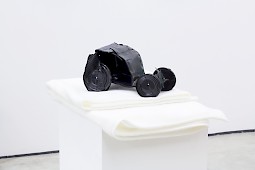
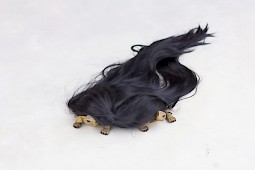
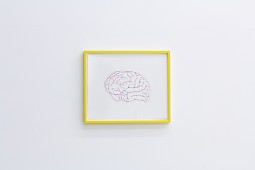
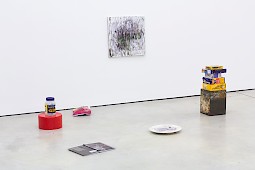
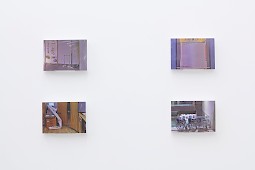
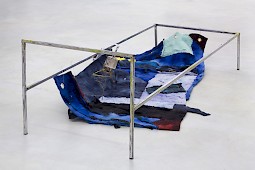
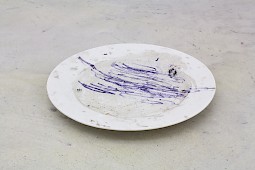
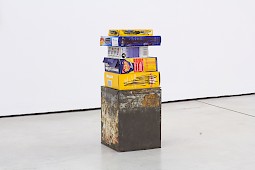
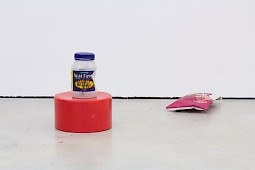
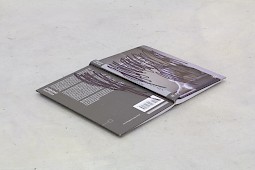
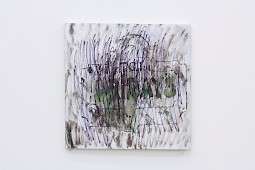
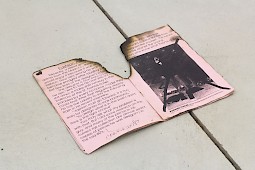
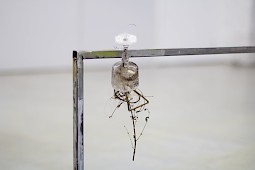
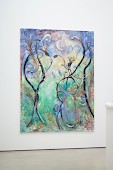
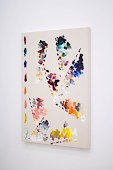
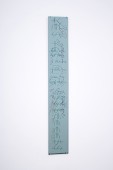
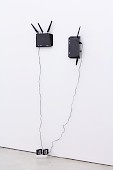
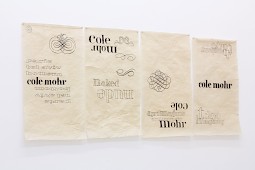
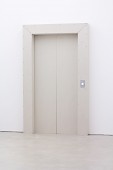
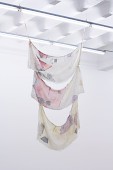
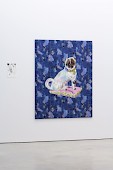
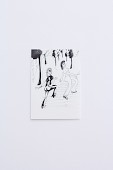
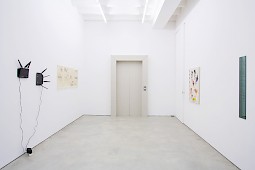
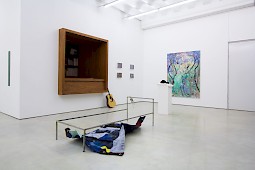
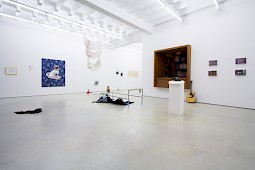
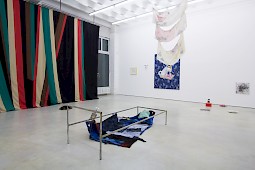
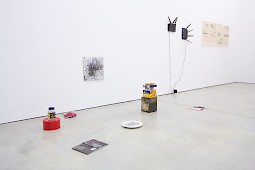
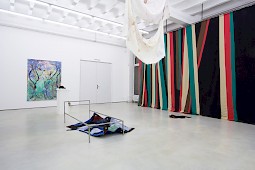
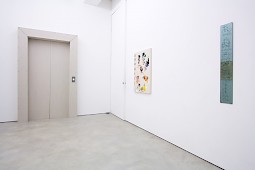
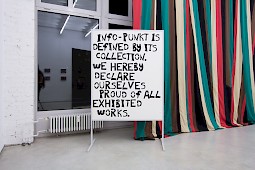
What does it mean to make, collect, and experience art today? The nature of work and the archive have been radically altered by online forces, but this should not merely be a point of nostalgic lament. New forms of labour and collection dominate and we must reckon with the transition.
For InfoPunkt, the collection is a form of story board or mind map, a never changing and changeable compilation of idols, a treasury of admired works. The collection travels a longside the artist, accompanying or haunting them in their artistic journey. Where does the exhibition fit into this shadow life?
The exhibition is a ruptured moment of tangibility in an increasingly untouchable world. The exhibition is also a chance to create further documentation, which will loop back into the nearly immeasurable collection of online imagery. It is an opportunity for a physical happening, anachronous as they may be.
In the past there were cabinets of curiosity (Wunderkammer), collected objects travelled across the world in the hands of imperialists, to ‘educate’ about other cultures. How does this tradition still stand and in what ways has it been dismantled? How do we collect without possessing? Is the online art world any more public or accessible than its material counterpart?
What does it mean to make, collect, and experience art today? The nature of work and the archive have been radically altered by online forces, but this should not merely be a point of nostalgic lament. New forms of labour and collection dominate and we must reckon with the transition.
For InfoPunkt, the collection is a form of story board or mind map, a never changing and changeable compilation of idols, a treasury of admired works. The collection travels a longside the artist, accompanying or haunting them in their artistic journey. Where does the exhibition fit into this shadow life?
The exhibition is a ruptured moment of tangibility in an increasingly untouchable world. The exhibition is also a chance to create further documentation, which will loop back into the nearly immeasurable collection of online imagery. It is an opportunity for a physical happening, anachronous as they may be.
In the past there were cabinets of curiosity (Wunderkammer), collected objects travelled across the world in the hands of imperialists, to ‘educate’ about other cultures. How does this tradition still stand and in what ways has it been dismantled? How do we collect without possessing? Is the online art world any more public or accessible than its material counterpart?